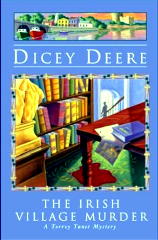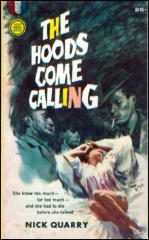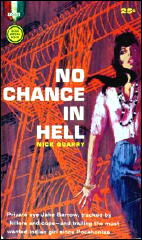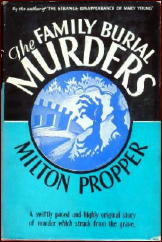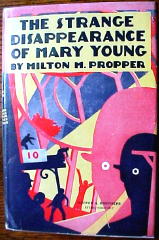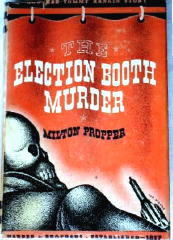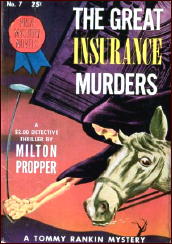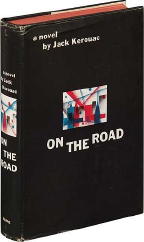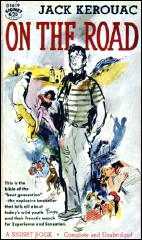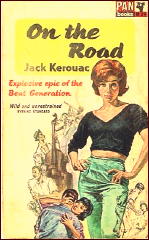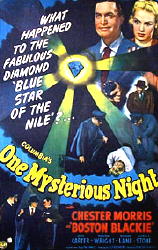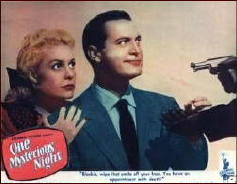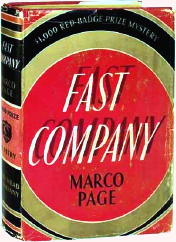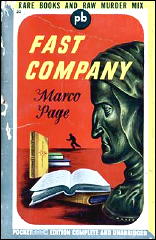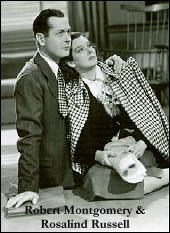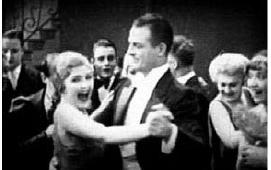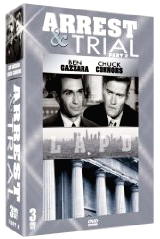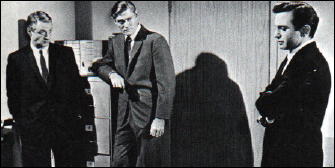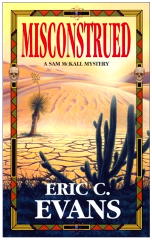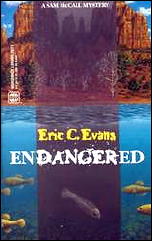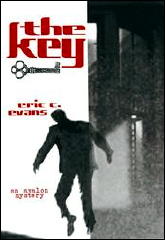Mon 27 Jul 2009
Archived Review: DICEY DEERE – The Irish Cairn Murder.
Posted by Steve under Authors , Bibliographies, Lists & Checklists , Crime Fiction IV , Reviews[4] Comments
DICEY DEERE – The Irish Cairn Murder.
St. Martin’s; reprint paperback, March 2003; hardcover St. Martin’s edition, 2002.
Dicey Deere is a new name to me, and likewise her mystery-solving character, Torrey Tunet, a professional translator by trade, living in Ireland, and by all accounts, a continual thorn in the side of Inspector Egan O’Hare. This is her third case, and the first I’ve had occasion to read.
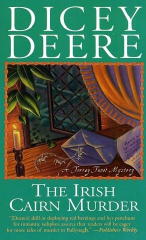
It also occurred to me that whenever you pick up a new author, one so new that there’s no word of mouth out on him or her yet, there’s always some mental evaluation going on in your mind as you read the first few pages, trying to stay flexible, but weighing one aspect of the story versus another — yes, this is good — no, that wasn’t very well done.
And then there comes a point when suddenly you realize that, yes! this is maybe going to be OK, that the author knows what he or she is doing, and you can sit back and enjoy the rest of the read.
In this book it comes very early on, on page four as a matter of fact, where it’s learned that to keep her linguistic skills in cutting-edge form, Torrey reads a stack of Maigret paperbacks in whatever language she’s going to need to be fluent in next. In this case, it’s Hungarian.
(Note to self: It’s been a long time since I’ve read one of Inspector Maigret’s adventures. It’s time to remedy that.)
As for the mystery itself, the dead man seems to have been a blackmailer, and of course it’s the victim (the blackmailee) who’s the obvious suspect. Torrey is not so sure.
Dicey Deere’s manner of telling the story takes a little time to totally get used to. It’s told in fits and starts, with numerous hints and nuances, jumping sometimes abruptly from one scene to another. Mysterious events are followed by mysterious conversations, with mysterious trips ensuing. John Dickson Carr would have been very proud.
The overall atmosphere is much cheerier and lighter than in any of Carr’s works, I hasten to add. It’s the idea that the reader doesn’t have to be told everything right away that’s the key in this comparison.
(Note to self: It’s been a long time since I’ve read one of Dr. Gideon Fell’s adventures. It’s time to remedy that, too.)
Another stylistic feature I liked is a form of emphasis new to me, though maybe not to you, if you’re been reading different books than I have. I’ll illustrate with a random quote, this one from page 180.
Bibliography: [Expanded from the Revised Crime Fiction IV, by Allen J. Hubin.]
LA BARRE, HARRIET (ca. 1916- ). Pseudonym: Dicey Deere. Travel writer living in New York City.
Stranger in Vienna. Popular Library pbo, 1986.
The Florentine Win. Walker, hc, 1988; Ivy, pb, 1989.
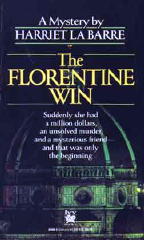
Blackwood’s Daughter. St. Martin’s, hc, 1990; Ivy, pb, 1992.
DEERE, DICEY. Pseudonym of Harriet La Barre. Series character: Torrey Tunet, in all titles.
The Irish Cottage Murder. St.Martin’s, hc, 1999; pb, June 2000.
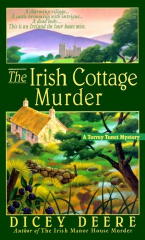
The Irish Manor House Murder. St. Martin’s, hc, 2000; pb, August 2001.
The Irish Cairn Murder. St. Martin’s, hc, 2002; pb, March 2003.
The Irish Village Murder. St. Martin’s, hc, 2004; pb, March 2005.
